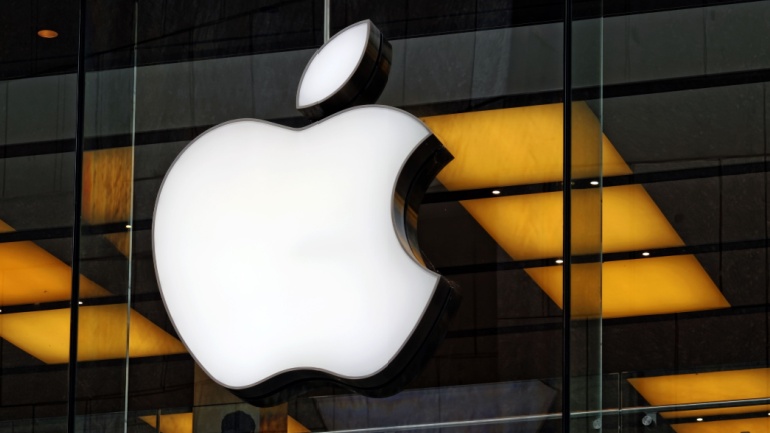Internet connectivity in West Africa is in a fragile state due to substantial damage to critical undersea cables resulting in limited or non-existent service in regions including Ivory Coast, Liberia, and Benin. The impact is reportedly extreme, with ripple effects reaching as far as South Africa. Telecom giants MTN and Vodafone linked the disruptions to these cable issues.
In a significant stride towards sustainability, SK Telecom, alongside Iceotope Technologies and SK Enmove, has announced a strategic partnership aimed at revolutionizing the cooling systems of AI data centers. This collaboration, marked by the signing of a memorandum of understanding (MOU), focuses on the development and deployment of a liquid cooling technique designed to significantly enhance the energy efficiency of AI data centers.
In an ambitious move, the Indian government has announced its plans to hold a mobile spectrum auction in May, eyeing a starting bid of nearly US$12 billion. Despite the high hopes tied to this event, experts remain skeptical about its success, given the tepid interest expected from the country’s telecom operators.
Arelion and Telxius are collaborating to provide fully diverse, multi-terabit connectivity into Telxius’ landing stations in Boca Raton and Jacksonville, Florida. This fiber network expansion establishes Arelion Points-of-Presence (PoPs) at each Telxius landing station. For Telxius, it empowers customers with resilient Tier-1 optical transport and high-speed access to Arelion’s North American network. Together, Arelion and Telxius are making a significant investment in the Florida Peninsula to connect Latin American customers to North America through submarine and terrestrial systems.
Viavi Solutions, a leading technology firm, has extended an ambitious £1 billion acquisition deal to Spirent Communications. The anticipated merger could unlock enhanced capabilities across artificial intelligence, machine learning, security, and cloud-native architecture.
The European Commission has imposed a hefty fine on Apple, surpassing €1.8 billion, for its anti-competitive practices concerning music streaming services via its App Store. This penalty stems from an investigation initiated by a complaint from Spotify, the music streaming behemoth, nearly five years ago. Accusing Spotify of greed, Apple has announced its intention to contest the fine.
Manx Telecom’s strategic partnership with Aqua Comms promises to bolster the Isle of Man’s telecommunications infrastructure by introducing secured subsea fibre accessibility. The move aims to meet growing digital demands, enhancing the island’s connectivity in terms of security, capacity and resilience. This expansion also future-proofs the needs of data centre users and fibre broadband consumers by catering to emerging technologies.
Unveiling the next generation of wireless systems, the ENLIGHT’EM project has skillfully pioneered advances in visible light communication (VLC) and power efficiency for light-emitting diodes (LEDs), particularly in tricky IoT scenarios. Brought to life by the passionate team at IMDEA Networks, this venture stands at the intersection of cutting-edge technology and sustainability, delivering innovative solutions and triumphantly winning the European EIT Jumpstarter competition.
The $24 billion merger between T-Mobile and Sprint drastically reshaped the US mobile landscape, reducing the country’s major operators. To counterbalance this change, Dish Network intended to purchase T-Mobile’s 800 MHz licenses.
Intelsat has recently made headlines with several announcements at the Mobile World Congress (MWC), highlighting the evolving role of satellite connectivity in today’s digital world. Among these announcements was the notable expansion of its partnership with Openserve, a South African telecommunications infrastructure provider, to include cutting-edge hardware and enhanced satellite services. This move underscores a broader shift in the satellite connectivity landscape, from a focus on remote areas to a versatile tool for modern telecommunications challenges.













